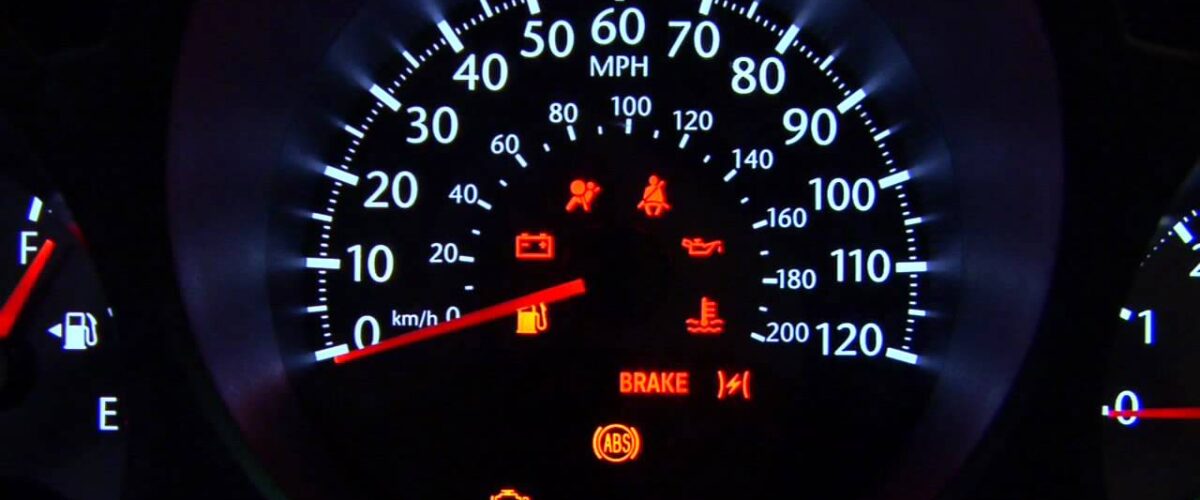71. Re-Fill The Grease Fittings

Compared to cars, most trucks come with grease fittings on the suspension system. To avoid any future complications, the fittings should be topped up with grease after every oil change schedule. It can be done during a professional service check or you can do it yourself using a grease gun.
72. Inspect The Struts And Shocks For Oil Leakage
To check for signs of oil leakage on struts or shocks, you have to uplift your car using a jack stand for a better angle. Since they’re part of a hydraulic system, if you see any oil leakage or confirm that it is wet, you should schedule for a replacement.
73. Perform A Bounce Test

If you want to verify if the struts or shock absorbers are in good condition, you should perform a bounce test. How is it done? Simple, just put pressure at the seam or car corner and push it down to create some type of bouncing motion. If the car bounces more than two times, it is an indication that the struts or shocks ought to be changed.
Tips For Windshield Maintenance
A weak or cracked windshield increases the chances of injury during an accident. If you’re wondering, the windshield absorbs the collision force, holds up the roof during a rollover and helps the airbags to deploy. Anyhow, check out the following tips for maintaining your windshield.
73. Don’t Slam Your Doors
It is those little things that we do like aggressively slamming the door that comes back to haunt us. Apparently, door slamming stimulates a vibration effect that weakens the windshield over a long period of time. Actually, if you have chips that need to be fixed, you will only make it worse.
75. Avoid Parking Under Direct Sunlight

Unless you live underground, there is no way you can completely evade direct sunlight. Regardless, you should sort out to park under the shade or indoor parking lots. Why? On a long enough timeline, the UV rays can compromise the strength and tint of the windshield. Also, the chips can get affected by fluctuating temperatures.
76. Repair Small Chips Immediately
You see that small chip or crack on the windscreen that if it was any smaller, you would probably need a magnifying glass to view it? As it turns out, that very small chip on your windscreen can develop into a bigger crack forcing you to part with more money to fix it. In other words, if you don’t get it repaired immediately, you may regret it.
77. Clean & Replace Your Wipers

It’s astounding that there are a lot of folks who don’t know that wiper blades should be replaced after 3 to 6 months depending on where you live and how often you use them. Of course, if you live in places where there are frequent sand storms, the sand particles can get stuck in your wipers. Those who live in snow regions should also switch to winter blades during the colder months.
Otherwise, you should thoroughly clean your wipers whenever you’re washing your car once a week. It won’t even take you more than 5 minutes and you can do it at the gas station.
78. Don’t Use Ammonia-Based Glass Cleaners
The ammonia glass cleaner used to clean your home windows should be kept off your car windows. Seriously, the car windows are tinted and ammonia ingredients will do more harm than good. As an alternative, you can use alcohol, vinegar or a special automobile window cleaner formula. On top of that, a microfiber or cotton towel can come in handy to clean the windshield without scratching it or leaving streaks.
Winter Car Care And Maintenance Tips
Definitely, the toughest season to maintain your vehicle is during winter. The snow and moisture can cause rust while the freezing cold temperature is hard on the battery, tires and fuel economy. Beyond that, sometimes below zero Fahrenheit temperatures can make some car parts extremely brittle. Nevertheless, there is an effective modus operandi to safeguard your car during winter.
79. Protect Your Exterior

When it’s snowing and your vehicle is parked outside, you can use a car cover designed for winter. Otherwise, you can rub off the ice and snow using an ice scraper and snow brush tools. Another good way to protect your car exterior from snow and road salt is by applying top-quality car wax.
80. Change Your Oil
The most recommended oil to put in your engine during winter is synthetic oil. That’s because synthetic oil has better viscosity than conventional oil under low temperatures. If full synthetic oil doesn’t work out for your engine, you can use a synthetic blend which combines both synthetic oil and conventional oil. Even so, you should read your user’s manual just to be sure which oil is appropriate for your vehicle.

